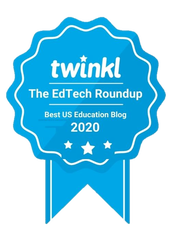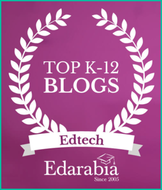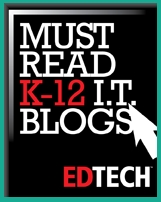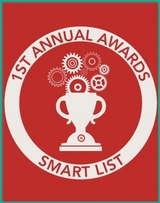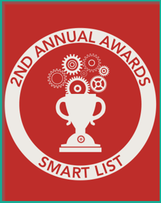
The reason this has continued to be the standard lesson format is because in general, for most students, it works.
More importantly these obstacles are not just limited to this specific audience; reluctant readers and writers and even those who are simply auditory learners, make slow progress because of their weaknesses in the understanding of letters and sounds and their comprehension skills.
What makes this worse is that for many, their views, feelings, ideas and ‘words’ are spinning around in their heads, but the outlet to express their thoughts is so restricted, that their full potential is not realized, leaving them seriously frustrated and under achieving.
Research shows that people with dyspraxia alone represent between 2 and 6 per cent of the population. Add to those the fact that between 10 and 15 per cent of the US population are dyslexic as well as the numerous reluctant readers and writers, you start to realise that this isn’t a niche problem with a limited audience.
There are of course support services.
Schools can provide staff to take dictation from the students or invest in dictation software, such as Dragon speech recognition. For the partially sighted this can be used in conjunction with a screen reader; basically enabling the student to have a conversation with their computer. However there wasn’t a single solution that supported these students’ complete needs. What is more important is that for dyspraxic students who struggle to articulate their thoughts, these dictation systems fall short of the mark. By simply recording the jumble of words, sentences and notions, all you are left with is, just that: a jumble of sentences that don’t necessarily represent the original thoughts. The next step is that the words need to be rearranged into a well-structured organisation and logical flow.
The reason I am so passionate about this lack of available support is because, if you hadn’t guessed already, I am one of these people.
Born with cortical visual impairment (CVI), a decreased visual response due to a neurological problem affecting the visual part of my brain, dyslexia and dyspraxia I had come to the frustrating conclusion that despite the surprisingly high need, there was no pot of gold at the end of the rainbow; I was going to have to invent my own software.
I spent a year learning from an expert in engineering psychology, part of my study into human and computer interaction. I looked at adding human physics into computer design and asking how we can make computers and software as human friendly and as natural as possible. I then studied with an expert in accessibility solutions.
In the end, I didn’t need to invent my own software.
This is going to sound like a sales pitch, but having been introduced to Audio Notetaker by my mother when she found it at an event, all I want is for others, like me to discover the solution to change their lives, as it has mine.
In basic terms it is a blend of speech recognition software and an Audacity-style software system that enables you to edit the recording. Breaking down the words and phrases into small manageable sections and pasting them, to eventually achieve a true representation of my thoughts was certainly a life changing “Hallelujah” moment for me.
Once my thoughts are recorded I can go back and color code each phrase to facilitate the editing later.
Of course this all takes time. But it gives me the tools to truly express myself. I have taken control of my thoughts and my learning and am empowered to learn on my own. I no longer require someone to sit with me recording my comments, I am an independent student with the self esteem to go with it.

Yishai has Cortical visual impairment (CVI), a decreased visual response due to a neurological problem affecting the visual part of his brain. He also have a perfect memory, super hearing, and a brain that works faster than most to solve complex problems in anything from theoretical physics to philosophy.






